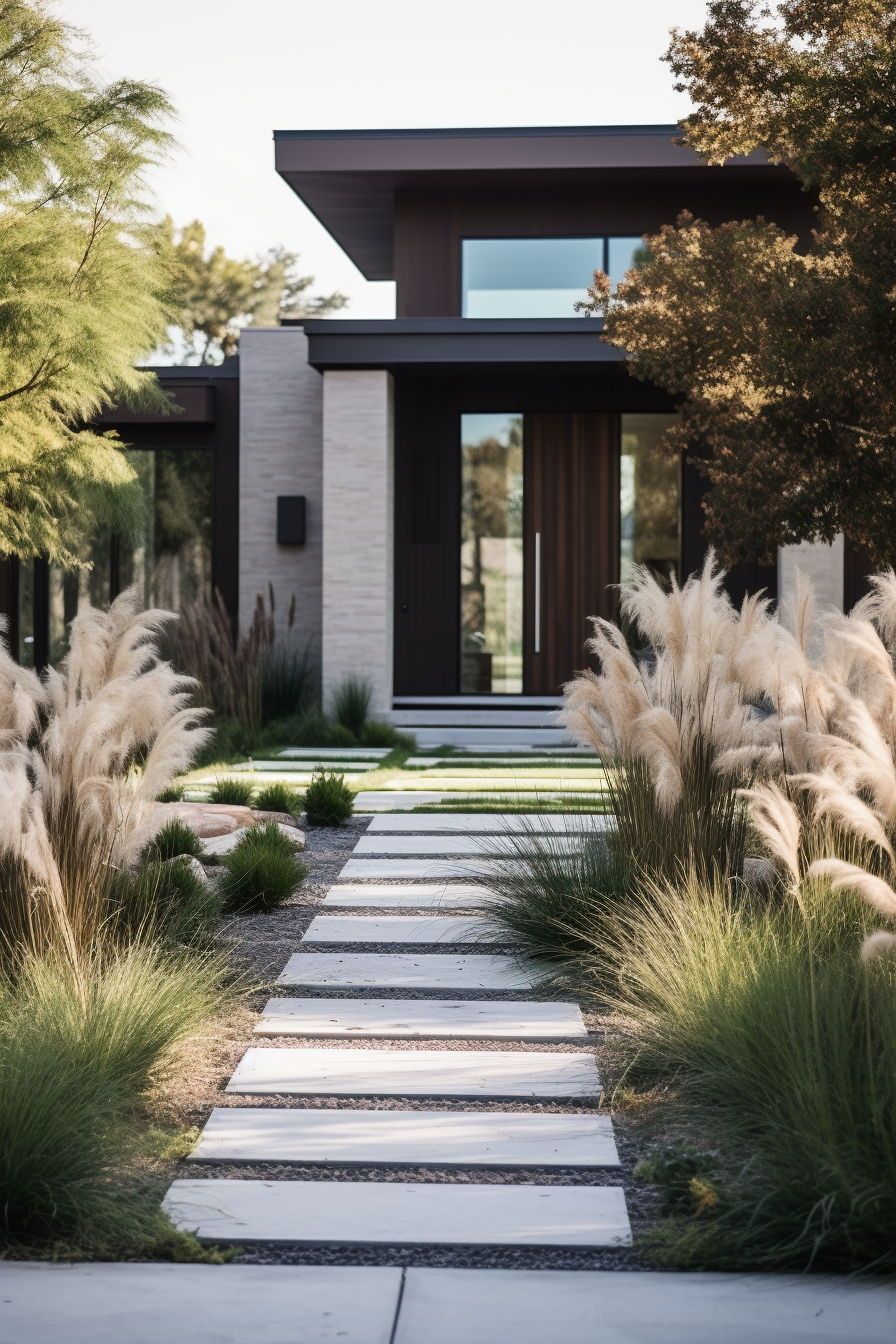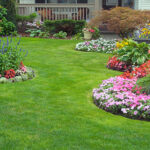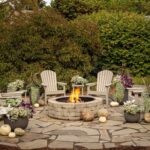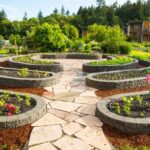Landscaping design is an essential aspect of creating a beautiful outdoor space that enhances the overall look and feel of a property. A well-designed landscape not only adds value to a home but also provides a peaceful and inviting environment for homeowners to enjoy. There are many factors to consider when designing a landscape, such as the climate, soil type, and the overall aesthetic goals of the property owner.
One of the key elements of landscaping design is determining the layout and arrangement of plants, trees, and hardscape features within the space. This involves carefully considering the size and shape of the area, as well as the desired functionality and visual appeal. By strategically placing plants and trees, designers can create a balanced and harmonious look that complements the architecture of the home and the surrounding environment.
In addition to plant selection and placement, landscaping design also involves incorporating hardscape features such as pathways, patios, and water features. These elements help create structure and define different areas within the landscape, while also adding visual interest and functionality. By carefully choosing materials and styles that complement the overall aesthetic of the property, designers can create a cohesive and inviting outdoor space.
Another important aspect of landscaping design is considering the maintenance requirements of the landscape. Choosing plants and materials that are well-suited to the climate and soil conditions of the area can help reduce the need for frequent watering, pruning, and fertilizing. Additionally, incorporating sustainable landscaping practices such as water-efficient irrigation systems and native plant species can help minimize the environmental impact of the landscape.
When designing a landscape, it is important to consider the overall goals and preferences of the property owner. Some homeowners may want a low-maintenance, drought-tolerant landscape, while others may prefer a lush, colorful garden with a variety of flowering plants. By working closely with clients to understand their vision and needs, designers can create a personalized landscape that reflects the unique style and personality of the homeowner.
Overall, landscaping design is a creative and rewarding process that requires careful planning, attention to detail, and a deep understanding of plant species, design principles, and environmental factors. By working with a skilled and experienced landscape designer, homeowners can transform their outdoor space into a beautiful and functional oasis that enhances the beauty and value of their property.
















